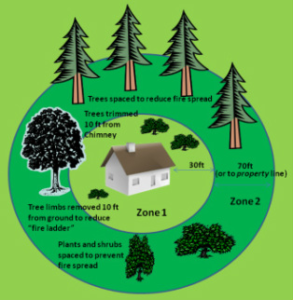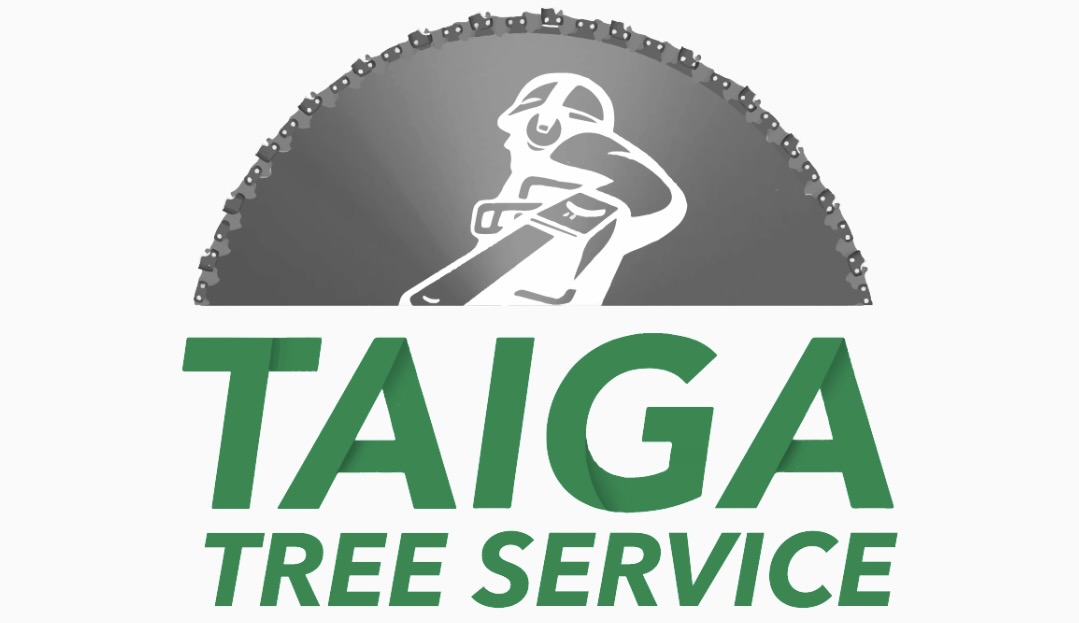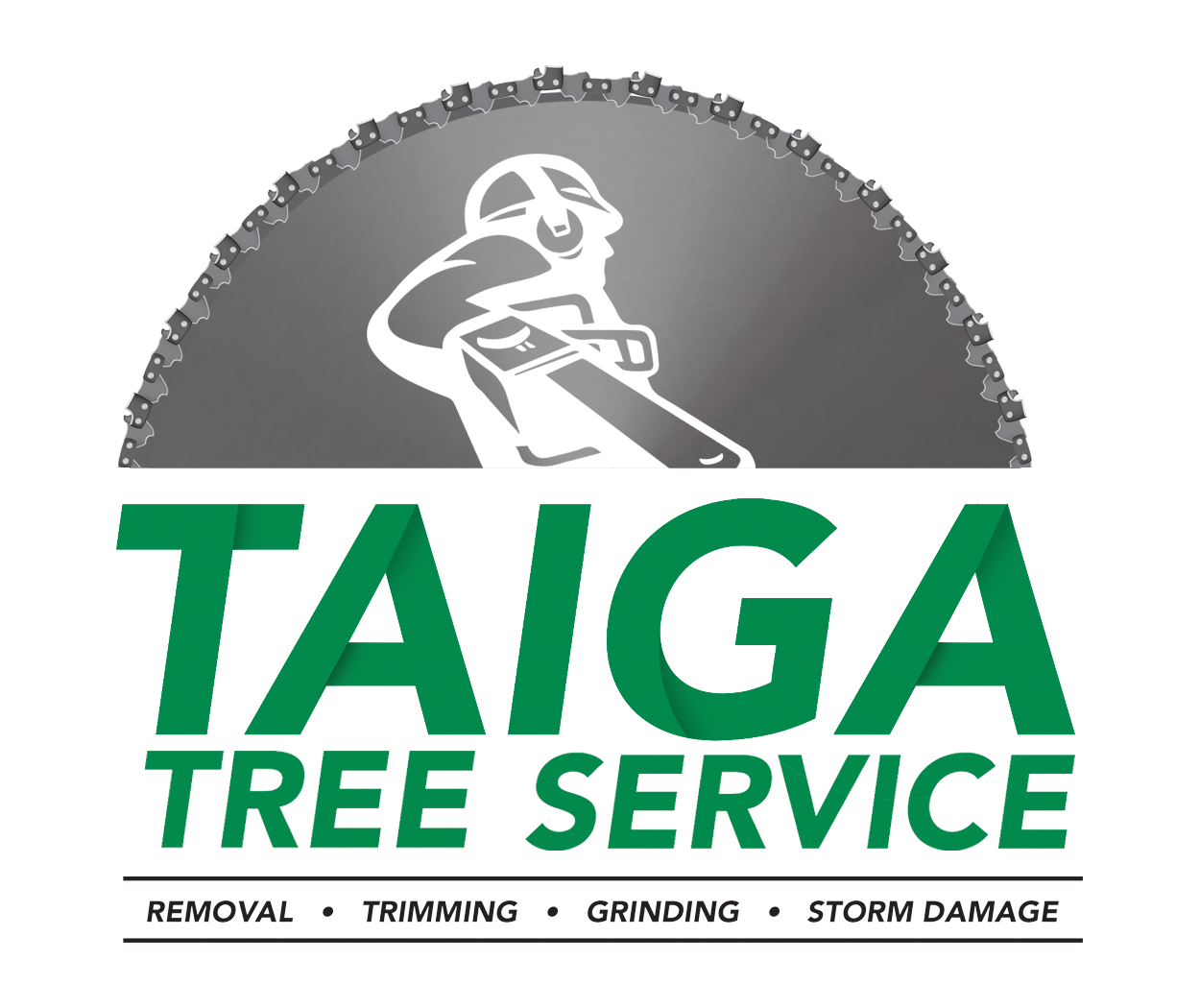- Defensible Space Creation: Removing combustible materials and vegetation within a specified radius around your home to create a buffer zone that reduces fire risk. Keep reading to discover more about defensible spaces.
- Selective Tree Removal: Identifying and removing dead or diseased trees that can act as potential fuel sources for wildfires.
- Pruning and Thinning: Trimming branches and thinning tree canopies to minimize the likelihood of fire spreading through airborne embers.
- Vegetation Management: Clearing out underbrush, shrubs, and plants that could contribute to fire spread.
- Mulching and Chipping: Turning trimmed branches and vegetation into mulch or wood chips, reducing potential fuel sources and enhancing soil moisture retention.
- Tree Health Assessment: Regular evaluations to identify and treat potential fire-prone trees, enhancing overall landscape resilience.
- Education and Consultation: Sharing tips and guidance on fire-safe landscaping practices, empowering homeowners to maintain a defensible property.
- Collaboration with Authorities: Working with local fire departments and agencies to implement strategies aligned with regional fire prevention guidelines.
- Customized Solutions: Tailoring mitigation approaches to your property’s unique characteristics, ensuring maximum effectiveness in reducing fire risks.
Fire Mitigation
About Fire Mitigation
Discover our comprehensive Fire Mitigation services to safeguard your property from wildfire threats. Our expert tree service team specializes in creating defensible spaces, removing hazardous vegetation, and implementing strategic measures to enhance your property’s safety. Fire Mitigation is when you remove the fuels around your property by creating a defensible space. This helps to minimize the threat and impact that a fire poses. If a fire approaches your property it will be less likely to spread to the structure and makes it easier for firefighters to do their job and defend your structure.
Forms of Fire Mitigation
What is a Defensible Space?
A defensible space is the area around your property that fuels and vegetation are cleared or reduced to help slow the spread of a fire. Dimensions of the defensible space is usually the 100 feet around the structure but will vary depending on the topography and vegetation.

* Trim tree branches inside the defensible space so that tree limbs are 10-15 feet above the ground.
* Clean gutters and roof so they are free of leaves and any debris.
* Trim trees that hang over the structure or come within 15 feet of chimneys.
* Stack Firewood at least 30 feet away from any structure. (Zone2)
* Remove trees that are weak, dead or overcrowded trees inside the defensible space.
* Remove potential ladder fuels from beneath trees. This is any vegetation that will help the wildfire spread from the ground to the treetops.
* Keep grass and weeds mowed around your home or business
* Remove any dead bushes, plants or vegetation.
This is an area of fuel reduction that will help reduce the intensity of a fire that may be approaching your home or structure. When working to fire mitigate in Zone 2 you have to remember that the distance will increase as the slope increases.
* All ladder fuels in Zone 2 should be removed from underneath trees and within 10 foot of any tree.
* Trimming branches from trees to make sure they are 10 feet above the ground.
* Gambel Oak (Oak Brush) should be removed within 50 foot of any structure.
* Mowing dry grass and weeds in this area.
* Removal of any dead, stressed or diseased trees or shrubs.
*Thinning trees so that the crown separation is at least 10 feet. Measuring the crown separation is from the furthest branch of one tree to the next closest branch on another tree. Groups of 2-3 trees or bushes may be left if at least a 10 foot separation remains between the group and other trees. When working with trees on a slope or hill, leaving a wider distance for crown separation is recommended.
Licensed & Insured
We are a fully licensed and insured.
Industry Professionals
Your trees and property are in the hands of well-trained and qualified members.
Customer Satisfaction
We take pride in the clean up of all debris, leaving your property looking better than before we started.

